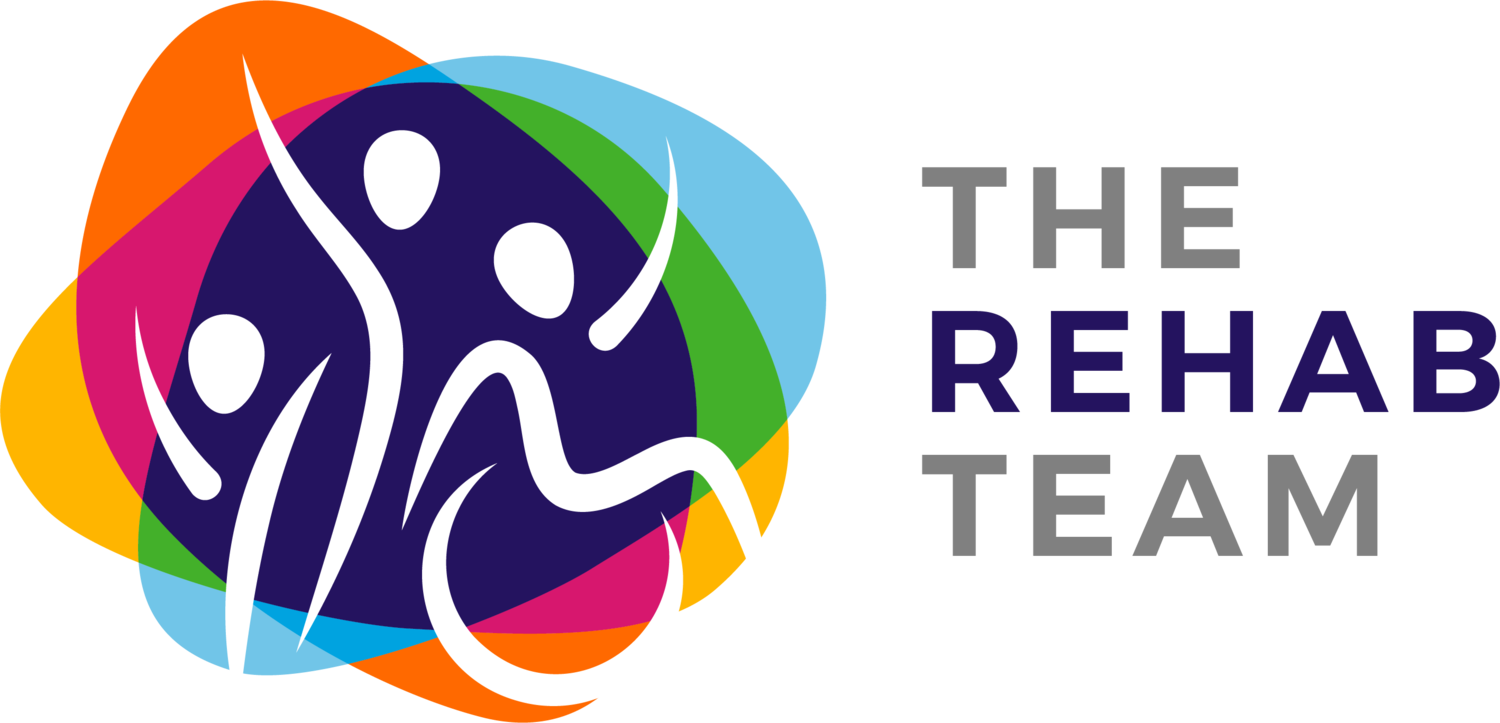Is shoulder pain causing you grief after a stroke?
Shoulder pain is a common issue following a stroke. Stroke shoulder can come on soon after having a stroke or even later down the line. Eimhin O’Reilly, a neurological physiotherapist at The Rehab Team, a physiotherapy service based in Tauranga, discusses what can be done if you start to experience this symptom.
There are certain things that increase the risk of developing shoulder pain following a stroke. This includes shoulder subluxation (where the bones of the shoulder joint aren’t held together as tightly as they should be due to weak muscles), changes to sensation in the shoulder following a stroke and not being able to move the arm due to muscle weakness.
Thankfully, there are lots of things that can help to reduce shoulder pain:
Slings and supports
Your physiotherapist will assess to see if a sling or additional support is required to decrease the weight of your arm pulling on your shoulder. They will be able to assist in the correct fitting and wear of a sling too. If you have been given a sling or support to wear for your shoulder it is important that you wear it, especially when completing activities where your shoulder is not supported such as when transferring, standing and walking.
Taping
Kinesiotaping has been shown to be beneficial in reducing shoulder pain caused by a subluxation. Your physiotherapist can apply the tape, which lasts a few days before needing to be replaced.
Electrical stimulation
Electrical stimulation (sometimes called functional electrical stimulation or neuro-muscular electrical stimulation) can also help with pain caused by a shoulder subluxation. This needs to be set up, practised and monitored by your physiotherapist.
Pain relief
Taking your pain medication as prescribed by your doctor will help to keep your pain at a manageable level. This will also allow you to complete exercises for your shoulder more comfortably. If you feel that your pain is not well managed by your current pain relief, speak to your doctor.
Physiotherapy and rehabilitation
Completing gentle exercises and retraining normal movement patterns as prescribed by your neurological physiotherapist as apart of her stroke rehabilitation can help maintain and maximise the movement that you have in your shoulder joint and help to loosen stiff muscles. If you’re unsure of what exercises you should be completing, contact The Rehab Team to book in to see one of our Tauranga-based neurological physios for an individualised assessment today.
If you found this article interesting and you would like to read more, you can check out our other blogs here. If you would like to get in touch with The Rehab Team, click here.

